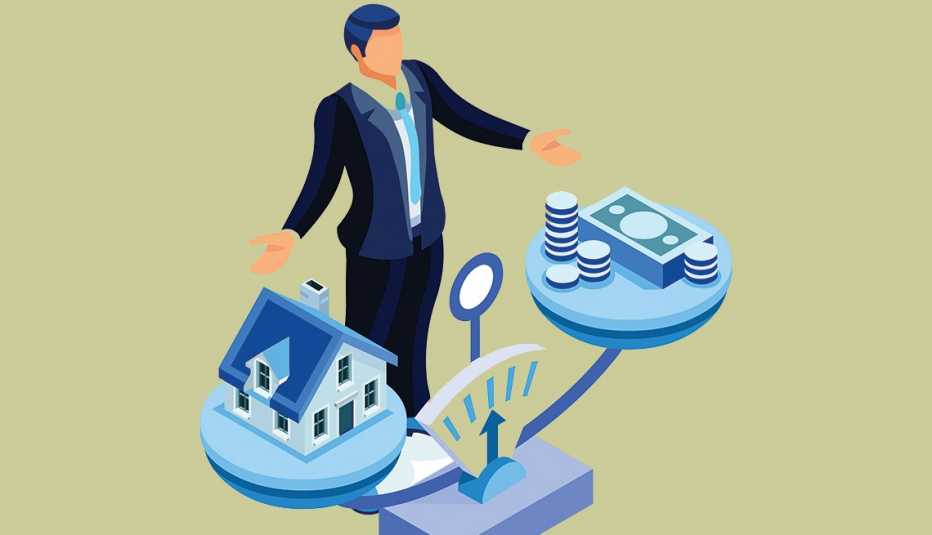Staying Fit


The growing volume of direct mail advertisements for reverse mortgages sent out during the pandemic, when home prices surged and interest rates were miniscule, disproportionately targeted older low-income homeowners who wouldn't necessarily benefit from the complicated home loans, warns the Consumer Financial Protection Bureau (CFPB) in a new report.
How reverse mortgages work
Reverse mortgages can be a good source of retirement income for some older homeowners who are house rich but cash poor. You tap the equity of your home and use the cash — received as monthly payments or a lump sum, or through a line of credit — to help cover living expenses, provided you have at least 50 percent of your home’s value paid off. At least one borrower must be 62 or older to qualify for a reverse mortgage.


AARP Membership— $12 for your first year when you sign up for Automatic Renewal
Get instant access to members-only products and hundreds of discounts, a free second membership, and a subscription to AARP the Magazine.
Unlike a traditional mortgage, in which a borrower pays back a home loan in monthly installments, a reverse mortgage typically doesn’t need to be paid back until after you move or die. However, interest and fees will increase the size of the loan over time — and the fees can be considerable, especially if the reverse mortgage is refinanced. The homeowner also runs the risk of the loan coming due if he or she doesn’t keep making payments for insurance and taxes, or stops maintaining the property.
If you’ve received a sales pitch in the mail for a reverse mortgage — or for refinancing your current one — you’re not alone. Mailings for reverse mortgages shot up to 44 million in 2021 and 48 million in 2022, compared with an average 11 million in 2019 and 2020. Mail ads for refinancing reverse mortgages also grew, as companies pitched then-low mortgage rates and high home prices to those who had already taken out a reverse mortgage. (Mortgage rates, after years of sitting at rock-bottom levels, have shot up since the Federal Reserve started raising interest rates in March 2022 to combat inflation.) The CFPB’s study looked at direct-mail reverse mortgage pitches from January 2016 through December 2022.
Nearly three-quarters of the pitches in 2021 and 2022 went to households with less than $75,000 in income, the CFPB says. And 83 percent of those solicitations went to homeowners in the South and West, where reverse mortgage lending is concentrated, and where about 62 percent of low-income seniors live.
That’s a worrisome finding, according to the CFPB report. More older homeowners in the South and West report struggling to keep up with everyday expenses and make mortgage payments on time than do homeowners in other regions. Older homeowners in the South are also more likely to have credit card and medical debt.
“The findings suggest that reverse mortgage advertising during the COVID-19 pandemic, when home prices surged and interest rates fell, focused on many older homeowners with high equity and lower incomes, and in regions where homeowners have somewhat less ability to stay current on their housing payments,” the CFPB report found.



































































More From AARP
Should You Tap Your Home’s Value for Cash?
What to know before you decide
Will a Reverse Mortgage Loan Help or Hurt This Retired Florida Couple?
7 essential questions homeowners should ask
Reverse Mortgage Scams
Protect your home’s equity from reverse mortgage scams